Spain study visit on automated speed enforcement 2024

A delegation with representatives from the Romanian Traffic Police, CNAIR (National Company for Road Infrastructure Administration), the Slovenian Traffic Police, the Slovenian Traffic Safety Agency, and the European Commission, accompanied by ETSC, participated in a study visit on automated speed enforcement in Spain on October 28–29, 2024.
The visit was hosted by the Spanish Directorate General for Traffic (DGT), partner in the EU Road Safety Exchange project.
On the first day, the delegation visited the Center for Automated Complaints Processing in León. The Spanish hosts presented an overview of the structure of the centre, including the distinction between the DGT civil servants and the subcontracted service providers, its management procedures, and day-to-day operations.
Founded in 2008, the centre centralises the automated processing of fines for traffic offences to improve road safety in Spain. The participants toured the facility, with explanations of each stage in the automatic fine processing system.
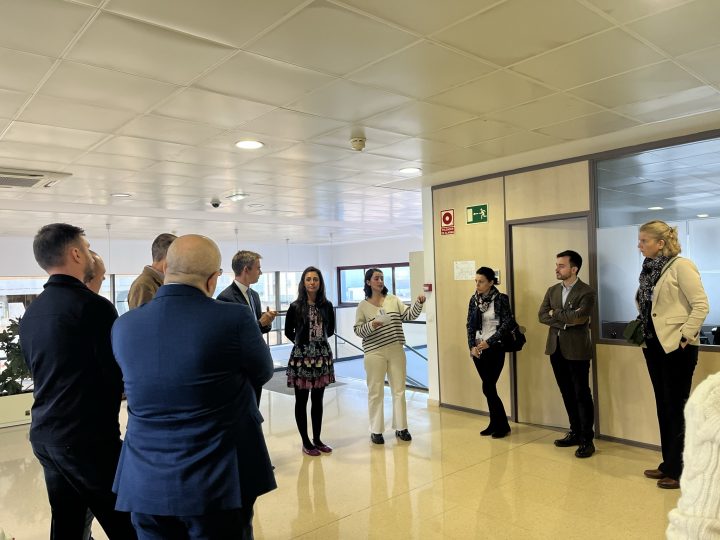
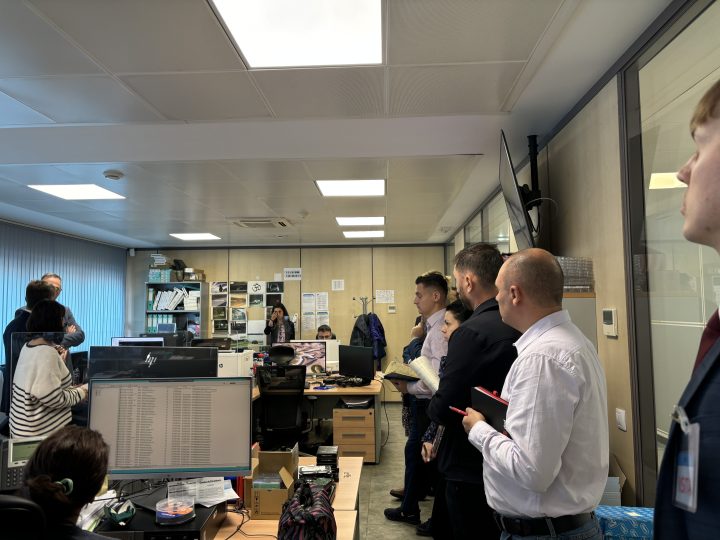
The hosts explained how the images captured by automated enforcement equipment are received, filtered, and quality-checked daily by the service providers. At the same time, all the equipment used is verified on a daily basis for any possible faults.
The success of the processing centre relies on a strict procedure to ensure that all the fines that eventually reach traffic offenders are correct beyond any doubt. This ensures a very small rate of appeals from the drivers i.e. around 1.5% of all the fines.
Participants heard how the analysis procedure works for each case, where vehicle identification is assisted by an automated system linked to the national vehicle registry, allowing for efficient identification of vehicle owners. A demonstration provided insights into processing offences recorded by various enforcement systems, including fixed speed cameras, average-speed cameras, drones, and helicopters.
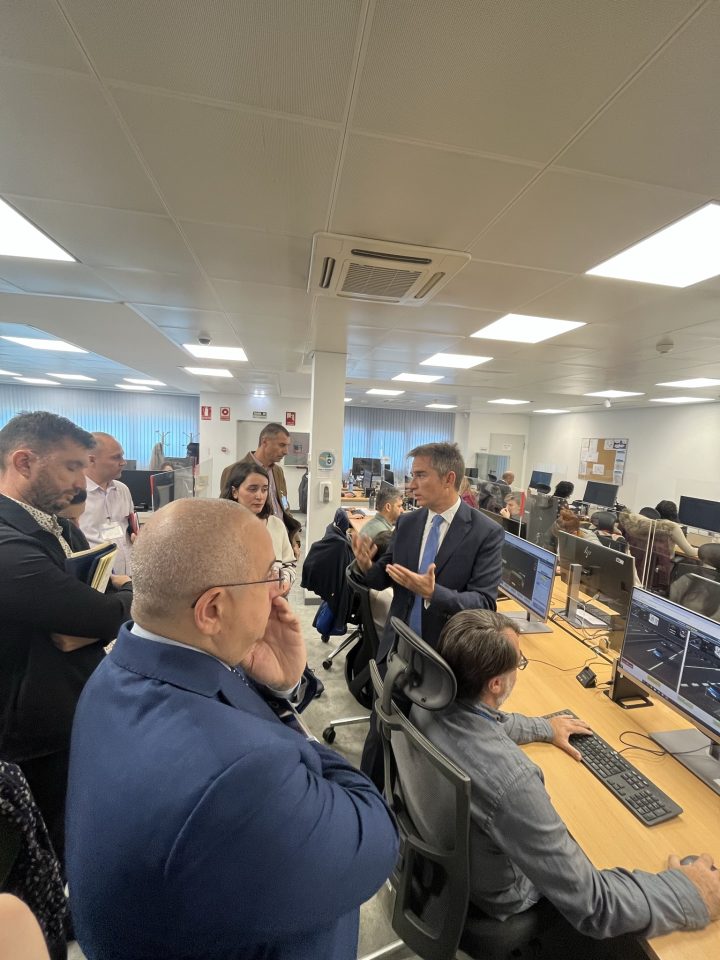
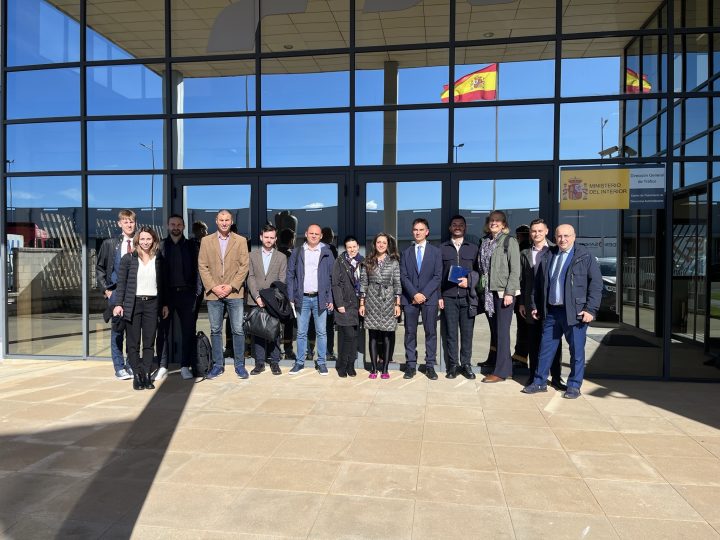
In addition to speeding, the centre’s procedures also cover other road safety offences. The Romanian and Slovenian experts were shown how automated enforcement systems capture incidents related to red-light violations, not stopping at the stop-line, lane crossings, mobile phone use while driving, and not wearing a seatbelt.
The day concluded with a presentation about the call centre department, reachable by the customer service telephone number 060, which handles inquiries related to sanctions, traffic offences, and other DGT services.
On the second day, the EURSE delegation was hosted at the DGT headquarters in Madrid. Here, the focus was on the comprehensive system of enforcement of speed and other traffic offences from both technical and legal perspectives.
DGT experts detailed the traffic enforcement policy, including the various technological means and equipment used by the DGT and the police.
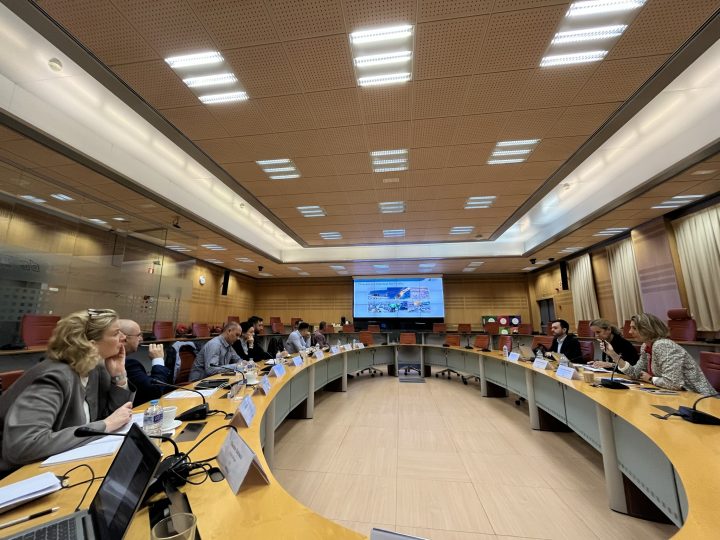
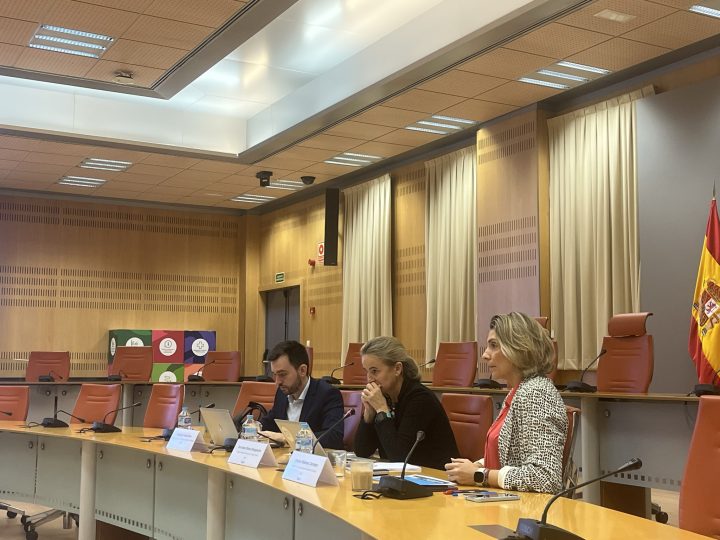
The presentation explored various speed enforcement tools, from fixed cameras, to average speed cameras, as well as drone and helicopter applications – subjects of keen interest for the visiting Romanian and Slovenian experts.
Emphasis was placed on compliance with safe and credible speed limits, a core principle of Spain’s speed enforcement framework.
To conclude the visit, participants toured the Traffic Management Centre, located within the same facility, that controls the traffic on a network of approximately 17,000 km of national roads. Here, besides a general presentation of the centre, they received demonstrations of license plate recognition technology and traffic management procedures.
Moreover, they could observe how real-time traffic information is broadcast across Spain via live radio channels.
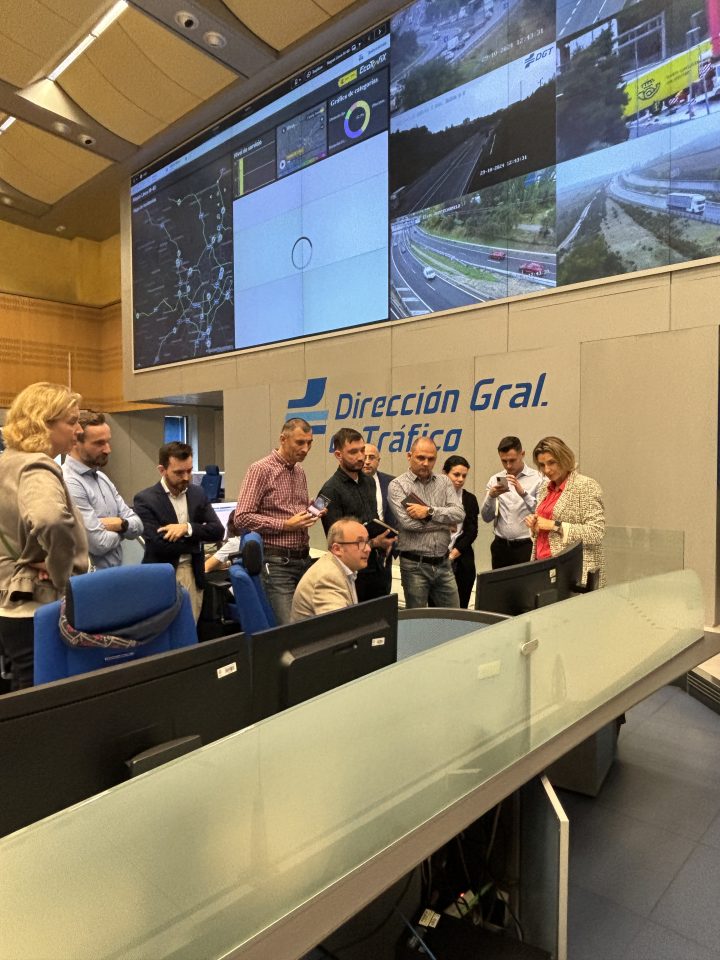
The study visit concluded with a discussion of key insights gained and potential areas for future work within the project. A follow-up workshop is scheduled in Romania for 2025.